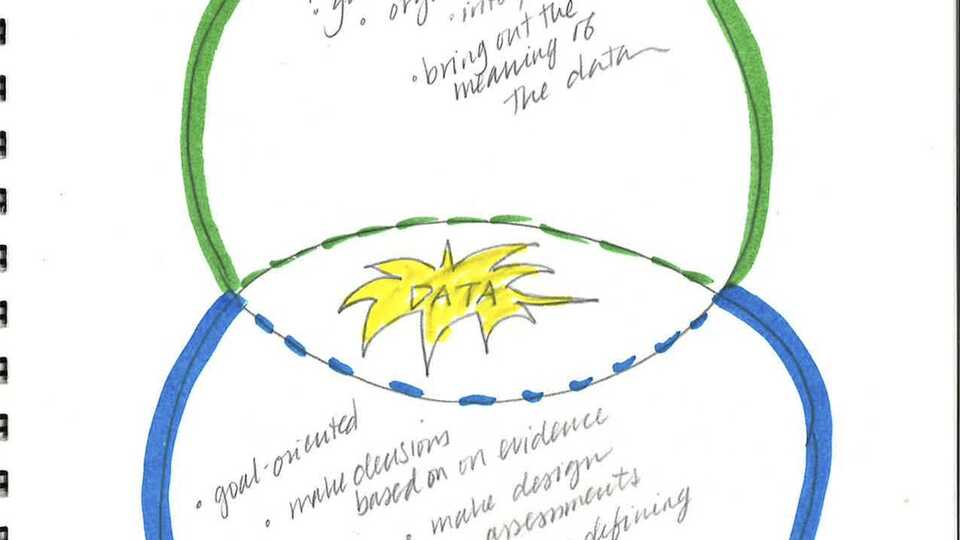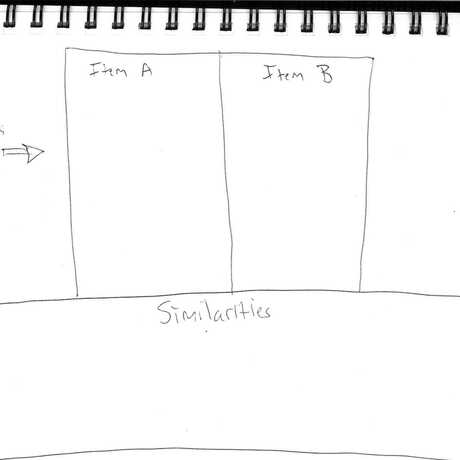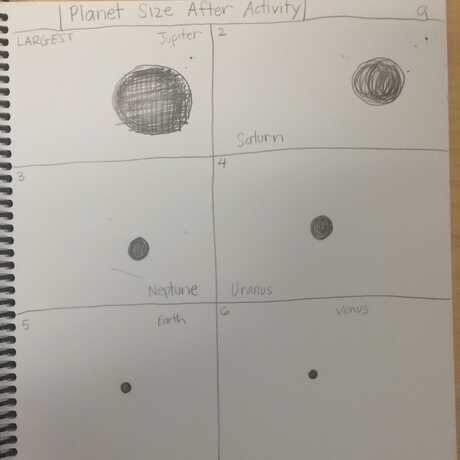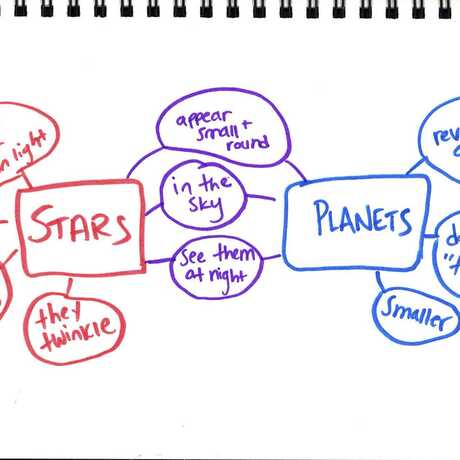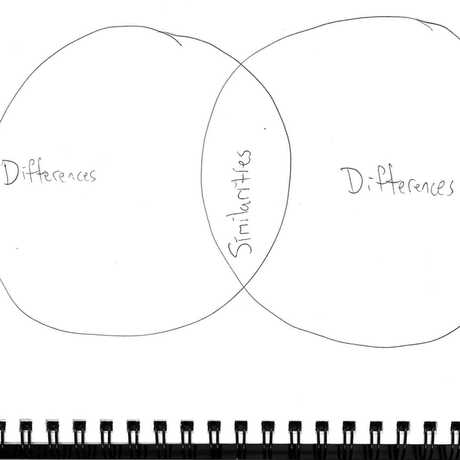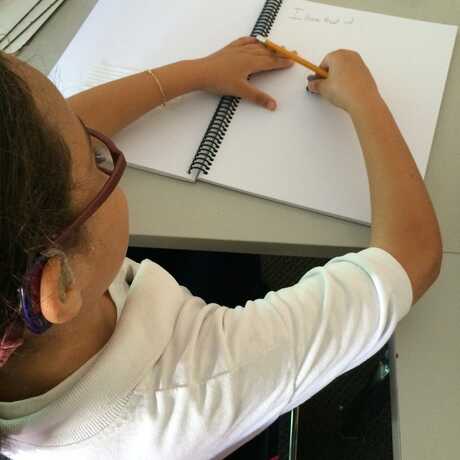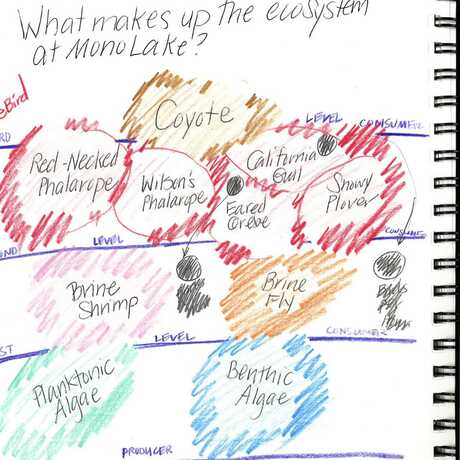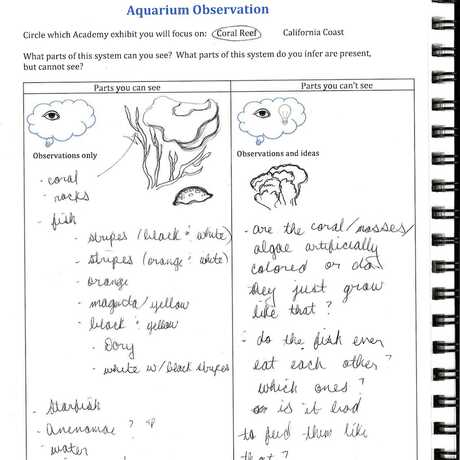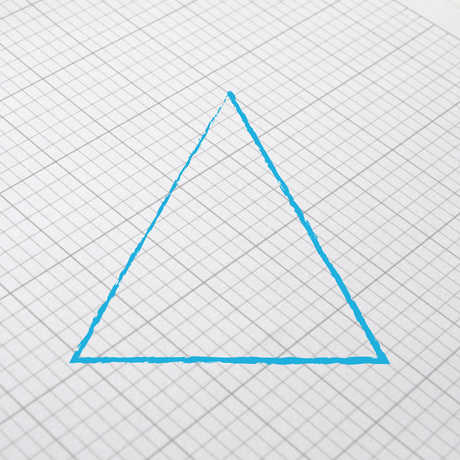
Comparing is a useful tool in science. Whether they are comparing food chains and food webs, organisms with similar adaptations, or different rocks from the same environment, comparisons help students see similarities and differences. This in turn can help students organize and categorize things, just as professional scientists do to make meaning of the world around them. Comparing can be supported with explicit scaffolds like the ones shown here:
- Top Hat
- Box and T-Chart
- Tables
- Double Bubble Map
- Venn Diagrams
Because we know teachers appreciate seeing the results of using these strategies, we've also created an example gallery containing student work.
